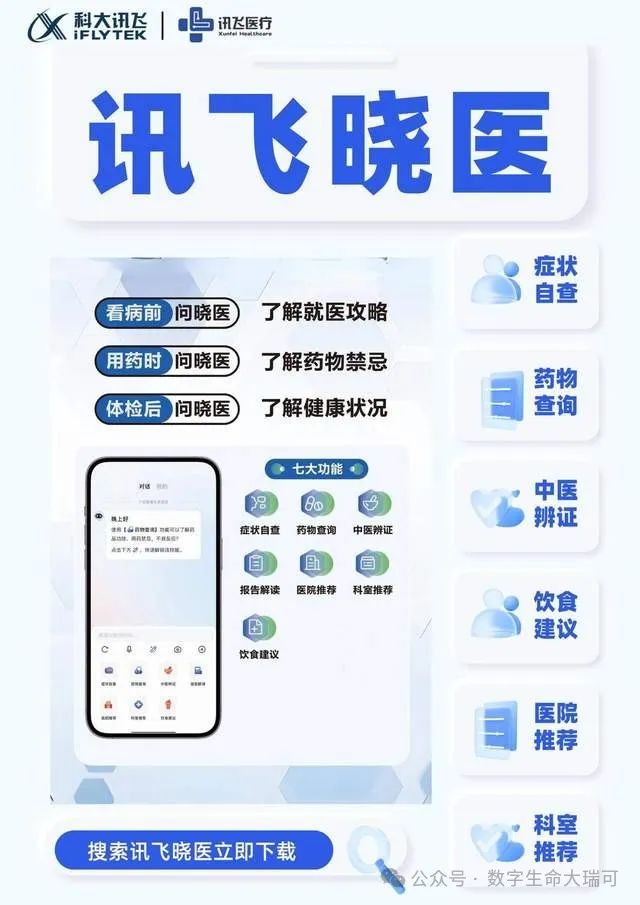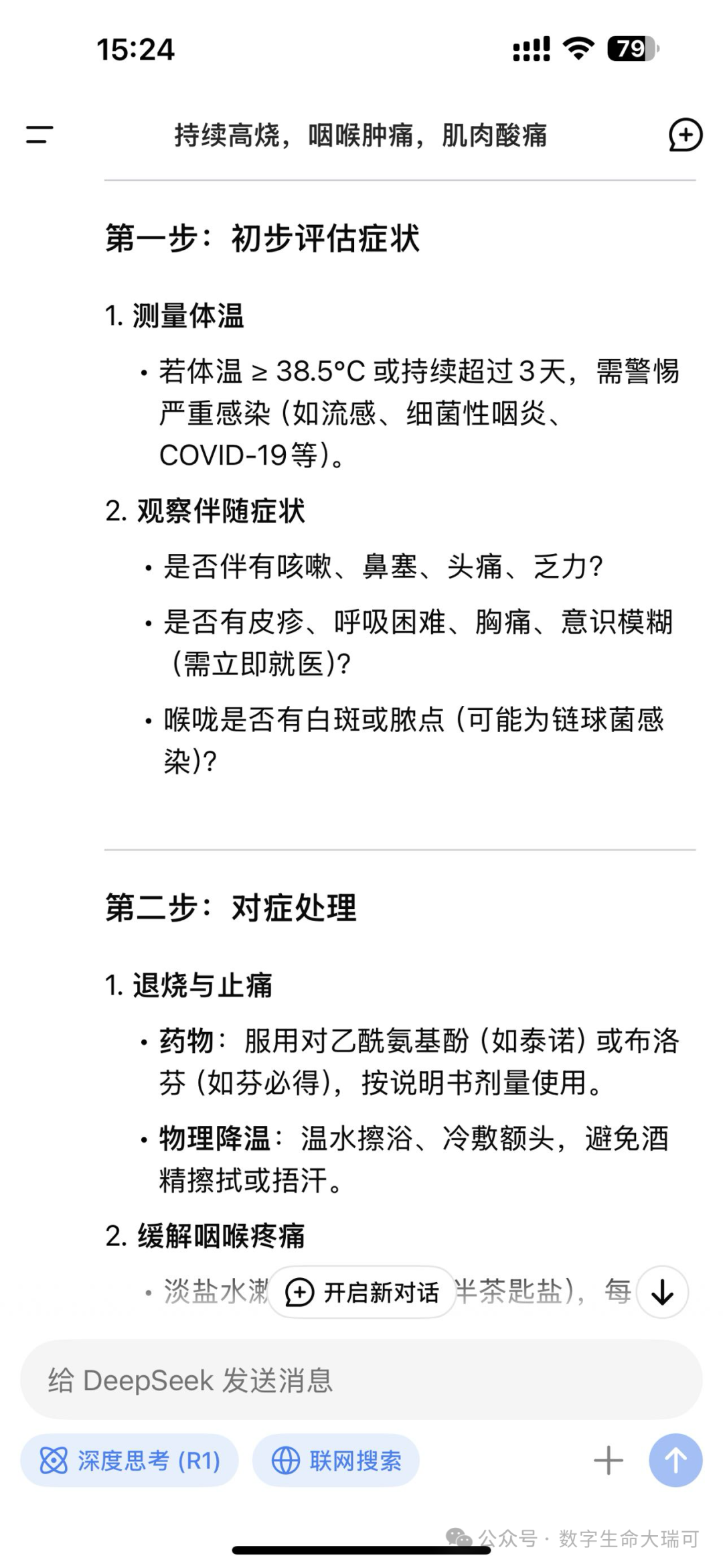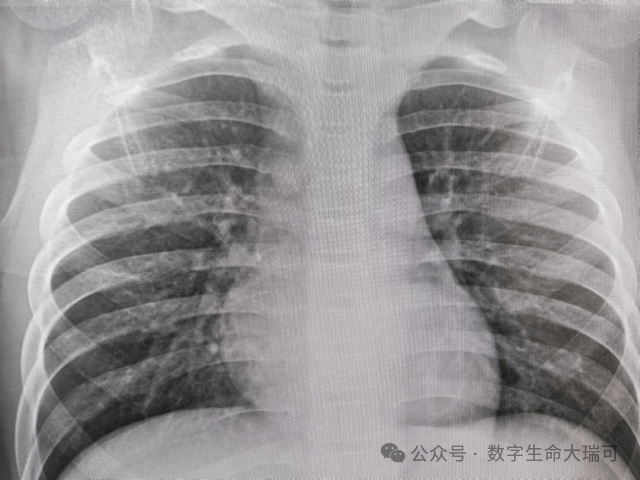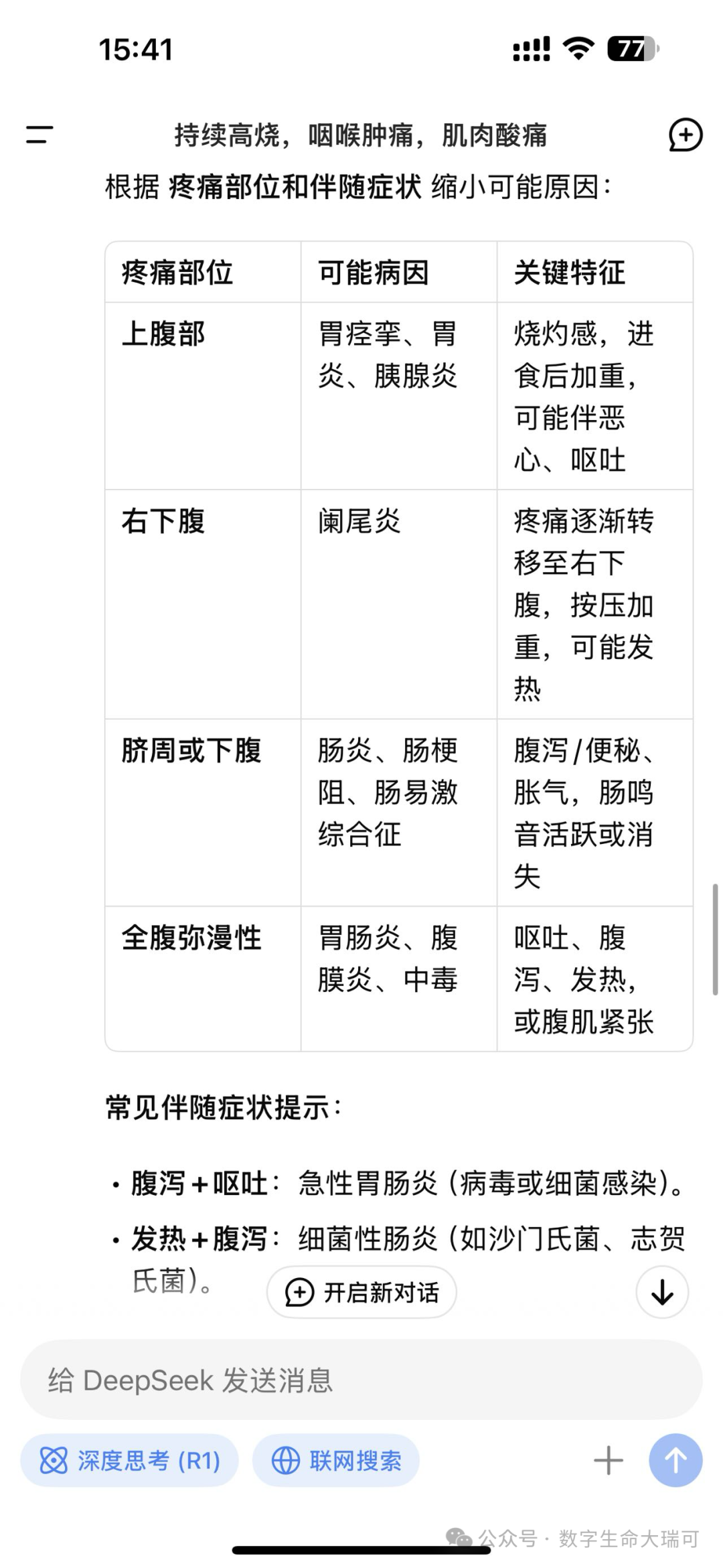At 2 AM, Wang Wei held a scorching electronic thermometer, staring at the glaring 39.5℃ on the screen, while his mother curled up in bed, shivering. The heavy rain had turned the streets into rivers, and the ride-hailing app showed 87 people ahead in the queue. The phone screen lit up in the darkness, his finger hovering over two AI consultation icons—on the left was the so-called “brain of top-tier hospitals” Xunfei Xiaoyi, and on the right was the recently viral DeepSeek-Consultation. This is the most real medical dilemma of our time: when vital signs and survival pressures sound alarms simultaneously, should we entrust our health to algorithms, or should we remain clear-headed amidst the digital flood?

1. AI Interns in the Emergency Room: A Cruel Contrast Experiment Unveiled by a High Fever
When Wang Wei entered “persistent high fever + sore throat + muscle aches” into Xunfei Xiaoyi, the AI generated a graded diagnosis sequence in 0.8 seconds: please seek medical attention immediately, home observation (recommended examination checklist), special population precautions, pre-visit preparation suggestions, and summary recommendations.

In the DeepSeek dialogue box, the same symptom description triggered a lengthy interactive Q&A spanning three screens: “Have you been in contact with poultry? Recent medication history? Tongue coating color?” Upon learning that the patient had a history of hypertension, the system even automatically associated cardiovascular risk warnings.
This AI consultation had a dramatic conclusion: Xiaoyi suggested an urgent visit to the emergency room within 2 hours with a red alert box, while DeepSeek concluded a “72% probability of viral flu” and provided 10 fever-reducing plans. Ultimately, the mother was diagnosed with purulent tonsillitis in the morning—neither AI accurately pinpointed the cause, but Xiaoyi’s conservative strategy avoided the risk of antibiotic misuse, while DeepSeek’s detailed plan nearly led to the wrong antiviral medication.

2. When Algorithms Wear White Coats: Unpacking the “Black Box” of Medical AI
In the respiratory department of a children’s hospital, Wang Wei witnessed the “clinical training” process of Xiaoyi: the system was learning to recognize 300,000 pneumonia chest X-rays, and whenever a misdiagnosis occurred, a team of chief physicians from Xiehe and Ruijin hospitals would manually correct the diagnostic logic. This “old teaching new” model allowed Xiaoyi to achieve a diagnostic accuracy rate of 91% for common pediatric diseases, but the cost was a response time that was always 2-3 seconds slower than DeepSeek.
 Meanwhile, DeepSeek’s engineers showed me a more extreme training scenario: digesting 5.6 million new medical papers daily, real-time capturing of global emergency case databases, and even analyzing doctors’ micro-expressions during consultations. This has created its astonishing disease database—capable of handling everything from rare diseases to transnational epidemics, but it also buried hidden dangers: when the system suggested a diabetic patient try a new drug not yet approved abroad, it nearly caused a medical accident.
Meanwhile, DeepSeek’s engineers showed me a more extreme training scenario: digesting 5.6 million new medical papers daily, real-time capturing of global emergency case databases, and even analyzing doctors’ micro-expressions during consultations. This has created its astonishing disease database—capable of handling everything from rare diseases to transnational epidemics, but it also buried hidden dangers: when the system suggested a diabetic patient try a new drug not yet approved abroad, it nearly caused a medical accident.
3. Life and Death at 0.01%: The Human Variables That AI Can Never Accurately Calculate

In the infectious disease department of Shenzhen Third Hospital, Director Zhang showed me two AI diagnostic reports. Faced with the same CT images of pulmonary tuberculosis, Xiaoyi marked six suspicious shadows and forced a transfer for manual review, while DeepSeek directly concluded a “98.7% probability of active tuberculosis.” However, pathological biopsy revealed that the patient actually had a rare pulmonary fungal infection—AI failed to recognize it, but Xiaoyi’s “leave blank mechanism” preserved a correction window for the doctor.
Even more concerning is algorithmic bias. When I described the same symptom in different tones, DeepSeek’s responses to “persistent abdominal cramping” varied up to 17 times: from suggesting heat packs to urging a colonoscopy, entirely depending on the detail of the patient’s description. In contrast, Xiaoyi always prioritized triggering the ultimate solution of “offline medical consultation” when faced with vague symptoms.

4. A Million Users Vote with Their Feet: What Are We Really Looking for in AI Consultations?
Looking through the backend data of the WeDoctor platform, Xiaoyi’s daily consultation volume is three times that of DeepSeek, but only 1/5 of the latter’s users complete paid conversions. On social media, young people complain that Xiaoyi “acts like an overly cautious intern doctor,” yet they repeatedly refresh DeepSeek’s intelligent guidance late at night—this exposes a harsh reality: we both desire AI to provide professional protection and hope it plays the role of a warm “cyber doctor.”
Imagine future chips implanted in the human body, whether AI will automatically provide a diagnostic map: information on the nearest community hospital’s night consultation, real-time available beds, and recommended examination checklist.
What a hospital president said is thought-provoking: “The truly terrifying thing is not AI misdiagnosis, but humanity’s psychological dependence on algorithms.” When a user stopped medication based on the “anxiety self-assessment scale” result given by DeepSeek, ultimately requiring gastric lavage in the emergency room; when Xiaoyi successfully warned of a 0.3% probability of early gastric cancer—we must admit that medical AI is never a black-and-white choice.

Topics
Does your phone also have a consultation app lying around? When life-and-death health data becomes the training feed for algorithms, and machine diagnoses begin to affect insurance reimbursement ratios—how should we embrace AI healthcare? Feel free to share your “AI consultation horror stories” in the comments, and the story with the most likes will receive a customized “Family AI Medical Pitfall Manual.” Next time you experience chest pain, will you first open the WeChat dialogue box or tremble as you press 120?
Recommended Reading:◆ Huawei falls, Xiaomi thrives? Three years of market share fluctuations, supply chain struggles against the “pick-up theory”◆ NIO vs. Tesla vs. Xiaomi: Who is redefining your “second life” on wheels?◆ 60,000 layoffs vs. a frenzy of robot hiring! 2024 workplace survival of the fittest: choose the wrong track and you’re out◆ 100,000 expensive invitation codes behind: China’s AI “cost butcher” beats OpenAI, can you keep your job?◆ Musk, Altman, and DeepSeek founders in simultaneous conflict! The AI industry is ushering in a “technology + ethics + open source” triple revolution

